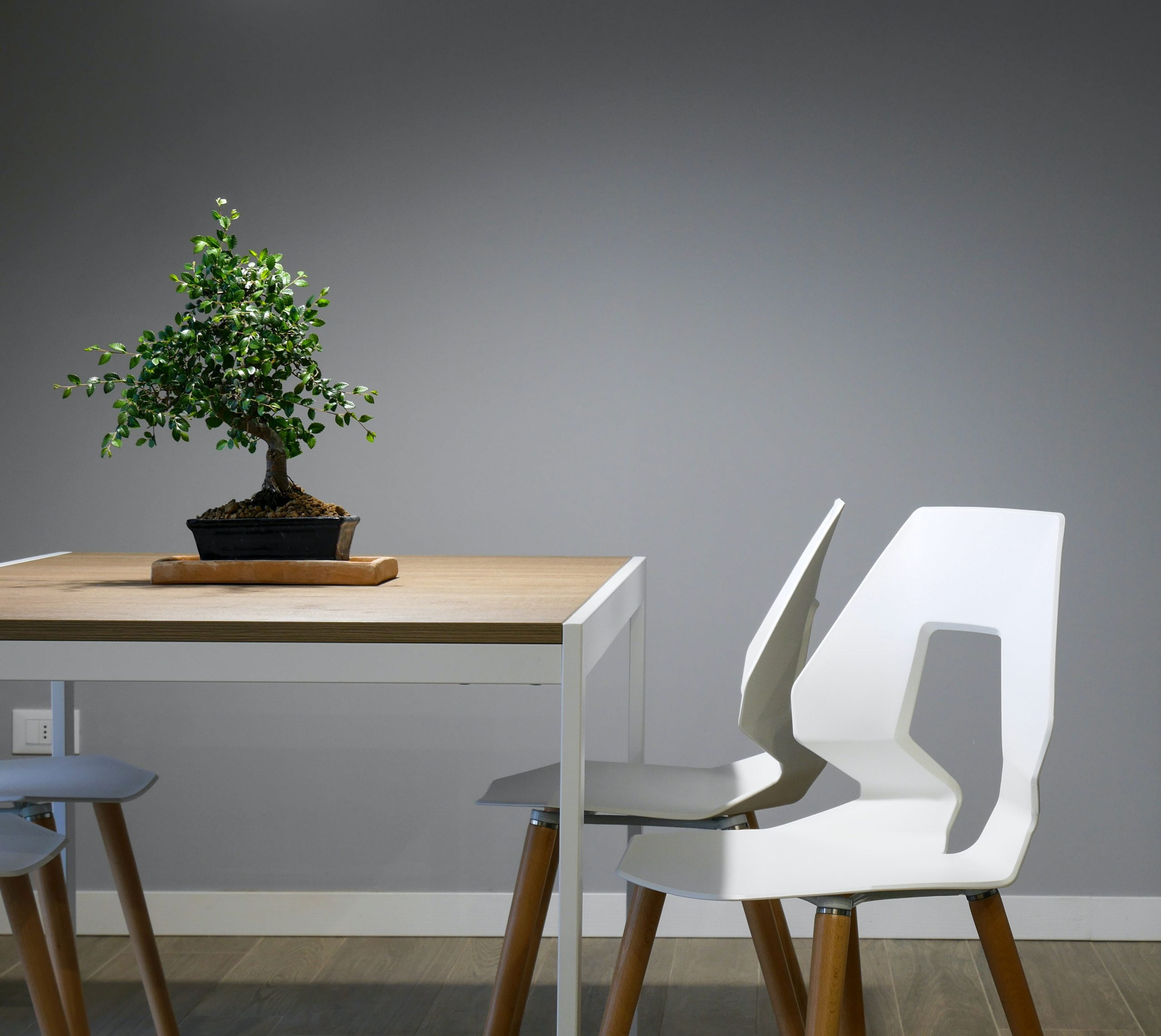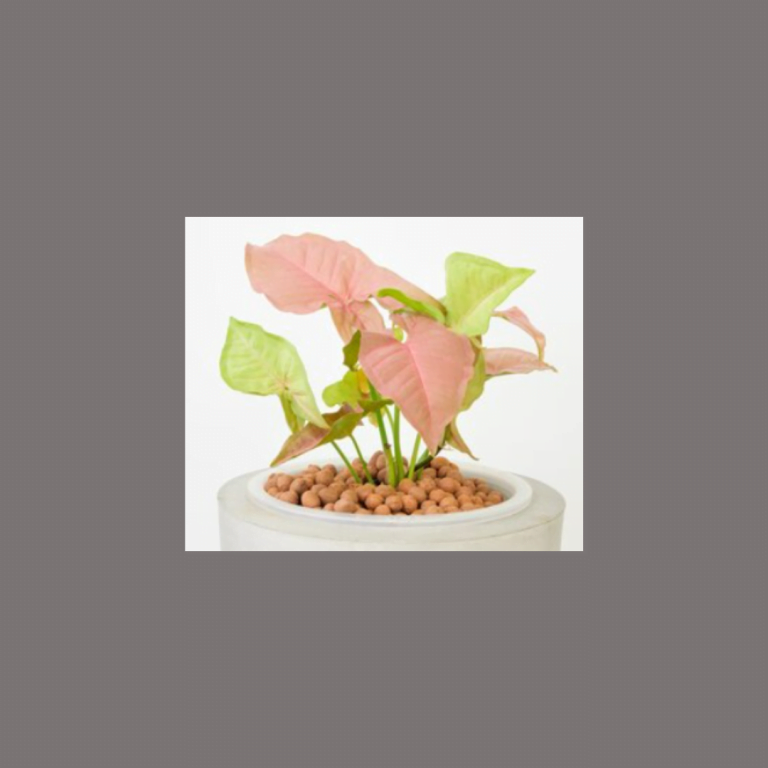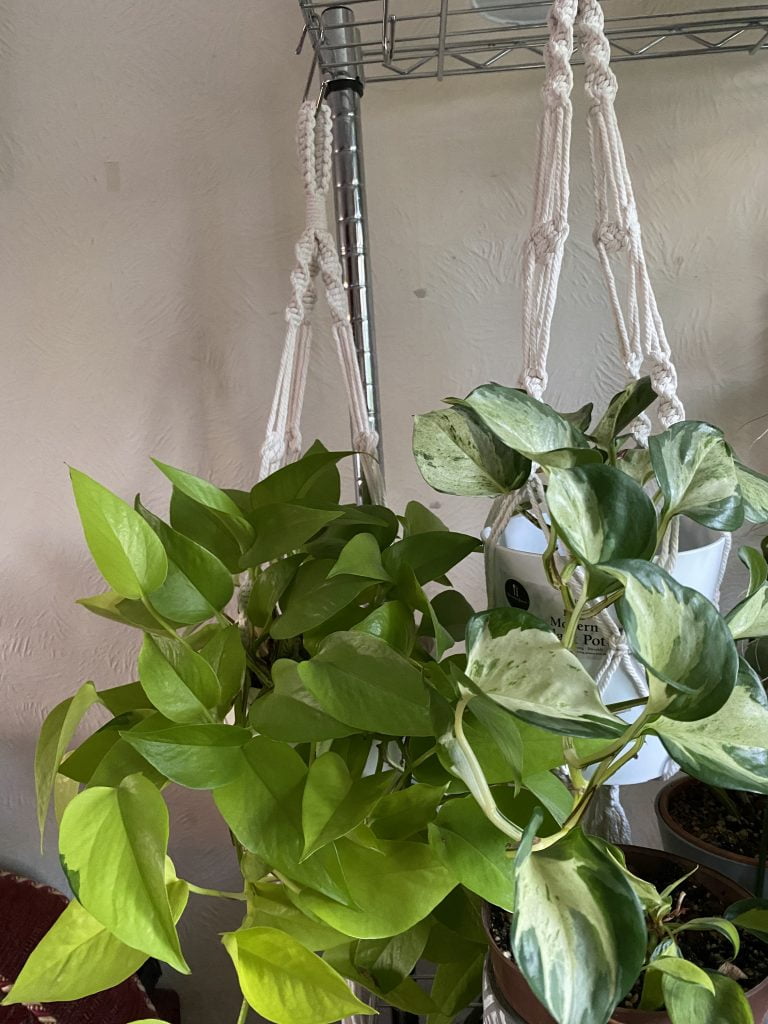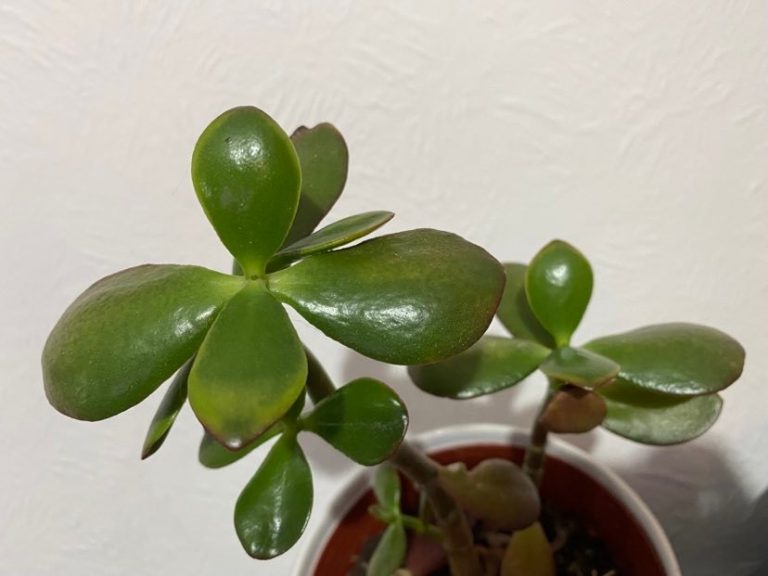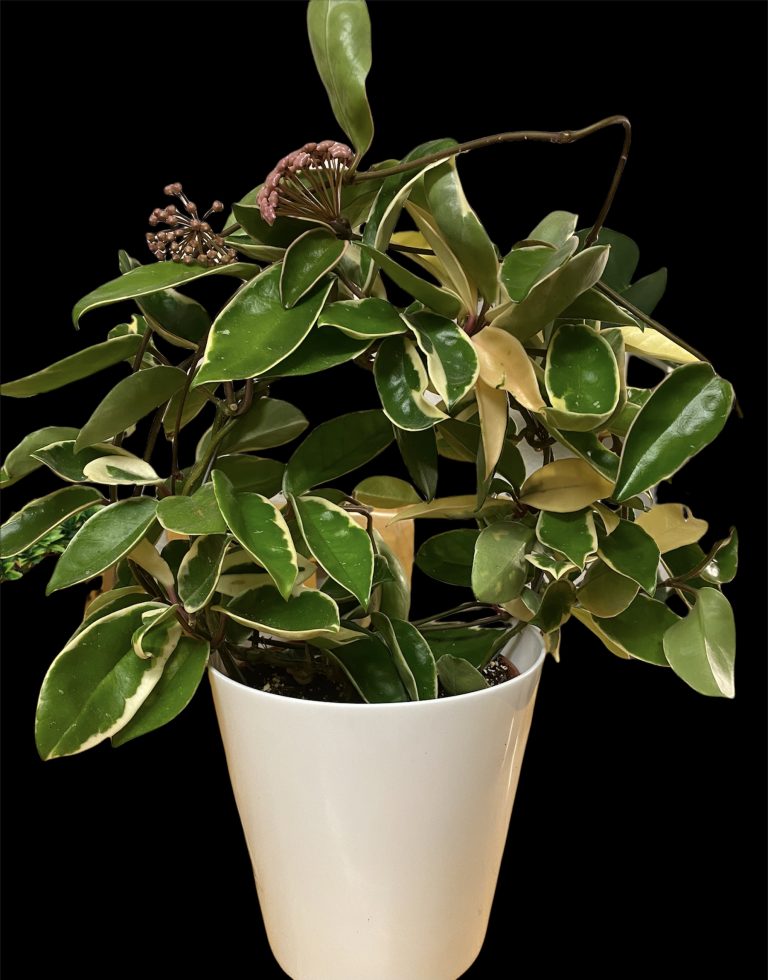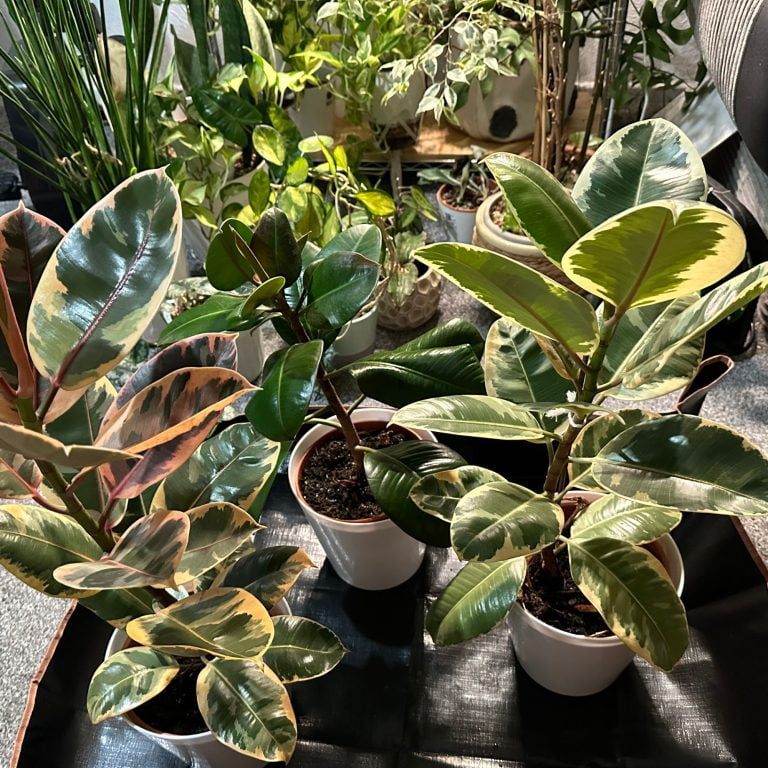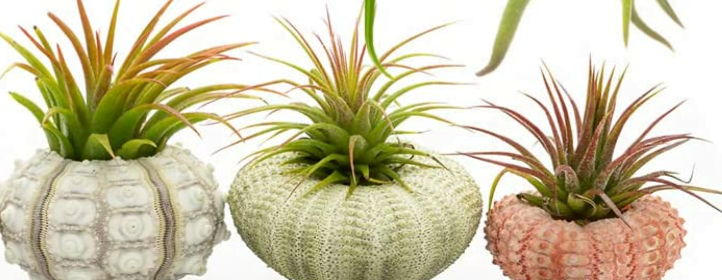Ultimate Guide To Grow Bonsai Tree
The History of Bonsai
Bonsai tree originated in China over a thousand years ago and spread to Japan in the 12th century. The term “bonsai” comes from the Japanese words “bon,” meaning tray or pot, and “sai,” meaning planting.
In China, bonsai was originally developed as a method for creating miniature landscapes in pots called penjing. The Chinese believed that the miniature trees represented the harmony between man and nature.


During the Kamakura period in Japan (1185-1333), Zen Buddhism was introduced from China, and the art of bonsai was adopted by the Japanese as a symbol of the Zen aesthetic. Bonsai trees were displayed in the homes of the wealthy and were considered a sign of refinement and culture.
Over time, bonsai evolved into a unique Japanese art form, with distinct styles and techniques. Different styles of bonsai are based on the natural growth patterns of trees and include formal upright, informal upright, slanting, cascading, and semi-cascade.
In the 19th century, bonsai gained popularity in the West, particularly in Europe and the United States, and many enthusiasts began to cultivate their own miniature trees. Today, bonsai is a popular hobby around the world, and there are numerous clubs and societies dedicated to its study and practice.
How Does Bonsai Tree Differ from Normal Trees?
A bonsai tree is a miniature tree that is grown in a small pot or container and trained to maintain a specific shape and size through pruning and other techniques.


Bonsai trees are different from normal trees in several ways. Here are a few key differences:
- The typical size is much smaller than normal trees, ranging in height from just a few inches to several feet tall.
- The small tree are trained to maintain a specific shape, often with intricate and elegant twists and turns in the branches and trunk. Normal trees, on the other hand, grow freely and may have irregular shapes.
- It can be grown in small pots or containers that restrict their root growth and keep them small. Normal trees grow in the ground and have more space for their roots to spread.
- Requires a careful maintenance and pruning to keep them healthy and maintain their shape. Normal trees require less regular maintenance, although they may still need to be pruned or shaped from time to time.
Overall, bonsai trees are a unique and fascinating form of art and horticulture that require patience, skill, and dedication to cultivate. While they may be different from normal trees in some ways, they are still living organisms that require proper care and attention to thrive.
How to start and grow a Bonsai Tree?
Starting and growing a bonsai can be a rewarding and fulfilling hobby, but it requires patience, care, and attention to detail. Here are some general steps to get started:
- Firstly, choose a species of tree that is suitable for bonsai cultivation, such as juniper, pine, or maple. Research the specific needs and requirements of the species, including light, water, and soil.
- Then choose a container that is appropriate for the size and style of your bonsai. The container should be shallow and have drainage holes to allow excess water to escape.
- Plant the tree in a mixture of soil and sand to promote drainage and prevent waterlogging. Prune the roots to fit the container and shape the tree by trimming branches and foliage.
- Bonsai trees require regular watering, fertilization, and pruning. Water the tree when the soil feels dry and fertilize once a month during the growing season. Prune the tree regularly to maintain its shape and promote new growth.
- Keep an eye out for signs of pests or disease, such as discoloration or wilting leaves. Treat any issues promptly to prevent further damage.
- Continue to train and shape the tree, bonsai trees require ongoing care and maintenance to maintain their shape and size. Continue to prune and shape the tree to achieve the desired aesthetic.
Remember that bonsai cultivation is a long-term process that requires patience and dedication. With the right care and attention, your bonsai can thrive for many years to come.
Styles of Bonsai Trees and How to Choose the Perfect One
Bonsai is an art form that involves growing miniature trees in small containers. There are several styles of bonsai trees, each with its own unique characteristics. Here are some of the most popular styles of bonsai trees and tips on how to choose the perfect one for you:


- Formal Upright: This style is characterized by a straight trunk that tapers as it goes up, with branches that are also straight and evenly spaced. This style is ideal for beginners because it is easy to create and maintain.
- Informal Upright: This style is similar to the formal upright style, but the trunk is slightly curved and the branches are not as evenly spaced. This style gives the tree a more natural, organic look.
- Slanting: In this style, the trunk of the tree slants to one side, with the branches growing out of the side facing up. This style can be used to create a sense of movement or to represent a tree growing on a hillside.
- Cascade: In this style, the trunk of the tree is bent sharply downwards, with the branches growing downwards as well. This style is often used to represent a tree growing on a cliff or in a ravine.
- Semi-Cascade: This style is similar to the cascade style, but the trunk is only bent slightly downwards. This style is often used to represent a tree growing on a riverbank or on a slope.
- Literati: This style is characterized by a tall, thin trunk with branches that are sparse and irregularly spaced. This style is ideal for creating a sense of age and character in the tree.
When choosing a bonsai tree, consider the following factors:
- Size: Bonsai trees come in various sizes, from small enough to fit on a windowsill to large enough to fill a whole room. Consider where you want to display the tree and choose a size that fits the space.
- Species: Some species of trees are more suitable for bonsai than others. Choose a species that is well-suited to the style of bonsai you want to create and the climate in which you live.
- Shape: Look for a tree that has a well-defined trunk and branches, with good proportions and balance. Avoid trees with too many branches or too few, or with a trunk that is too thick or too thin for the style you want to create.
- Health: Choose a tree that is healthy, with no signs of disease or pests. Look for a tree with bright green leaves and a strong, sturdy trunk.
- Personal preference: Ultimately, the choice of bonsai tree comes down to personal preference. Choose a tree that speaks to you and that you will enjoy caring for and admiring for years to come.
Essential Elements of Proper Bonsai Tree Care
Proper care is essential for maintaining the health and beauty of a bonsai tree. Here are some essential elements of proper bonsai tree care:
- Watering: Bonsai trees require regular watering to keep their soil moist but not waterlogged. The frequency of watering will depend on the species, size of the tree, and the type of soil used. It’s important to avoid overwatering, which can lead to root rot and other issues.
- Fertilization: Bonsai trees need regular fertilization to provide them with the necessary nutrients to grow healthy and strong. Use a balanced fertilizer and apply it according to the instructions provided.
- Pruning and trimming: Regular pruning and trimming are essential for maintaining the shape and size of a bonsai tree. This involves removing dead or damaged branches, thinning out excess foliage, and shaping the tree to achieve the desired aesthetic.
- Repotting: Bonsai trees need to be repotting periodically to prevent the roots from becoming cramped and to replenish the soil. Repotting is typically done every 2-3 years, depending on the growth rate of the tree.
- Sunlight and temperature: Bonsai trees require a balance of sunlight and shade, depending on the species. Most species prefer bright but indirect light. Temperature is also important, as bonsai trees may be sensitive to extreme heat or cold.
- Pest and disease control: Regular monitoring for pests and disease is essential for maintaining the health of a bonsai tree. Look for signs of damage or infestation and take action promptly to prevent further damage.
Overall, proper care and maintenance are essential for the long-term health and beauty of a bonsai tree. With the right care, bonsai trees can thrive for many years and bring joy and beauty to their owners.
Tips on Selecting the Right Pot for your Bonsai Tree
Choosing the right pot for your bonsai tree is important, as it can affect the health and appearance of the tree. Here are some tips to help you select the right pot for your bonsai:


- Size: The size of the pot should be proportional to the size of the tree. A small tree should be in a small pot, while a large tree should be in a larger pot. The pot should be big enough to accommodate the roots, but not so large that there is excess soil around the roots.
- Shape: The shape of the pot should complement the shape of the tree. A round pot is good for trees with a round shape, while a rectangular or oval pot is better for trees with a more angular shape. The pot should also be shallow, as bonsai trees have shallow root systems.
- Material: Bonsai pots are usually made of clay, ceramic, or plastic. Clay and ceramic pots are more traditional and can be more aesthetically pleasing, while plastic pots are more affordable and lightweight.
- Drainage: The pot should have drainage holes to allow excess water to escape. This will prevent the roots from becoming waterlogged, which can lead to root rot.
- Color: The color of the pot should complement the color of the tree and its foliage. Neutral colors like brown, gray, and black are usually a safe choice.
- Style: The style of the pot should complement the style of the tree. Traditional pots have a simple design, while more modern pots can have a more elaborate design.
Overall, the right pot for your bonsai tree should be proportionate, complement the shape and style of the tree, provide proper drainage, and be aesthetically pleasing.
Care Instructions for Different Types of Bonsai Trees
Bonsai trees are living, growing plants that require proper care to thrive. Different types of bonsais have different care requirements, so it’s important to understand the specific needs of your bonsai to keep it healthy. Here are care instructions for some of the most popular types of bonsais:
- Ficus Bonsai: are easy to care for and are great for beginners. They require bright, indirect sunlight and should be watered when the soil feels dry to the touch. They also benefit from regular fertilization during the growing season.
- Juniper Bonsai: prefer cooler temperatures and bright, direct sunlight. They should be watered when the soil is almost dry, but should not be allowed to dry out completely. They also benefit from occasional fertilization during the growing season.
- Pine Bonsai: Pine bonsais require full sun and well-drained soil. They should be watered deeply when the soil is dry to the touch, but should not be allowed to sit in standing water. Pine bonsais also benefit from regular fertilization during the growing season.
- Azalea Bonsai: Azalea bonsais require partial shade and well-drained soil that is kept moist but not waterlogged. They benefit from regular misting to maintain humidity levels and occasional fertilization during the growing season.
- Maple Bonsai: Maple bonsais prefer partial shade and well-drained soil that is kept moist but not waterlogged. They should be watered deeply when the soil is dry to the touch, but should not be allowed to sit in standing water. Maple bonsais also benefit from regular fertilization during the growing season.
- Elm Bonsai: Elm bonsais prefer full sun and well-drained soil. They should be watered deeply when the soil is dry to the touch, but should not be allowed to sit in standing water. Elm bonsais also benefit from occasional fertilization during the growing season.
Overall, bonsais require a balance of proper light, water, and fertilization to thrive. It’s important to research the specific care requirements of your bonsai to ensure its health and longevity.
The Different Tools You Need To Maintain Your Bonsai Tree
Taking care of bonsai trees is a fulfilling hobby that requires patience, dedication, and attention to detail. To keep your bonsai trees healthy and beautiful, you’ll need a few essential tools. Here are some of the tools you need to maintain your bonsais:
- Pruning Shears: Bonsai trees require regular pruning to maintain their desired shape and size. Pruning shears are essential tools for trimming the branches and leaves of your bonsai trees. It’s best to use sharp and precise pruning shears that can make clean cuts without damaging the tree.
- Root Pruning Shears: Root pruning is necessary for the health of your bonsai tree. Root pruning shears are designed to remove excess roots from the bonsai tree without damaging the roots that are needed for the tree’s health.
- Concave Cutters: Concave cutters are essential tools for removing larger branches from your bonsai tree. They are designed to make a clean and concave cut, which helps the tree heal quickly and reduces the risk of infection.
- Wire Cutters: Bonsai trees are often shaped using wire. Wire cutters are essential for removing the wire without damaging the branches or trunk of the tree.
- Bonsai Rake: Bonsai rakes are used to remove soil and debris from the roots of your bonsai tree. They’re designed to be gentle and not damage the roots of the tree.
- Watering Can: Regular watering is essential for the health of your bonsai tree. A watering can with a long spout is ideal for watering bonsai trees as it helps to avoid damaging the tree’s foliage.
- Bonsai Soil: Bonsai trees require well-draining soil that retains moisture. Bonsai soil is specially formulated to meet the needs of bonsai trees.
- Fertilizer: Bonsai trees require regular fertilization to maintain their health and promote growth. A balanced fertilizer with the right mix of nutrients is essential for the health of your bonsai tree.
- Bonsai Turntable: A bonsai turntable makes it easier to work on your tree. It allows you to rotate the tree to get a better view and access to all sides of the tree.
By having the right tools and taking the time to care for your bonsai trees properly, you can enjoy their beauty for years to come.
How to Fertilize your Bonsai Tree the Right Way
Fertilizing your bonsai tree is an important aspect of its care and maintenance. Here are some tips to help you fertilize your bonsai properly:
- Choose the right fertilizer: Bonsai trees require a balanced fertilizer that contains nitrogen, phosphorus, and potassium. You can choose a liquid or solid fertilizer that is specifically formulated for bonsai trees.
- Determine the appropriate frequency: The frequency of fertilizing your bonsai will depend on the type of tree, the time of year, and the type of fertilizer you use. As a general rule, you can fertilize your bonsai once a month during the growing season (spring and summer) and once every two months during the dormant season (fall and winter).
- Follow the instructions: Always follow the instructions on the fertilizer package carefully. Use the recommended amount of fertilizer and dilute it properly if you are using a liquid fertilizer.
- Apply fertilizer to moist soil: It’s best to apply fertilizer to moist soil, so water your bonsai before you fertilize it. This will help prevent the fertilizer from burning the roots.
- Apply fertilizer evenly: Spread the fertilizer evenly over the soil surface, and avoid getting it on the leaves or trunk of the tree.
- Monitor the tree’s response: After fertilizing your bonsai, monitor the tree’s response to the fertilizer. If you notice that the leaves are turning yellow or the tree looks unhealthy, you may need to adjust the frequency or amount of fertilizer.
Remember that proper fertilization is just one aspect of taking care of your bonsai. Be sure to also provide your bonsai with adequate light, water, and pruning as needed to help it thrive.

